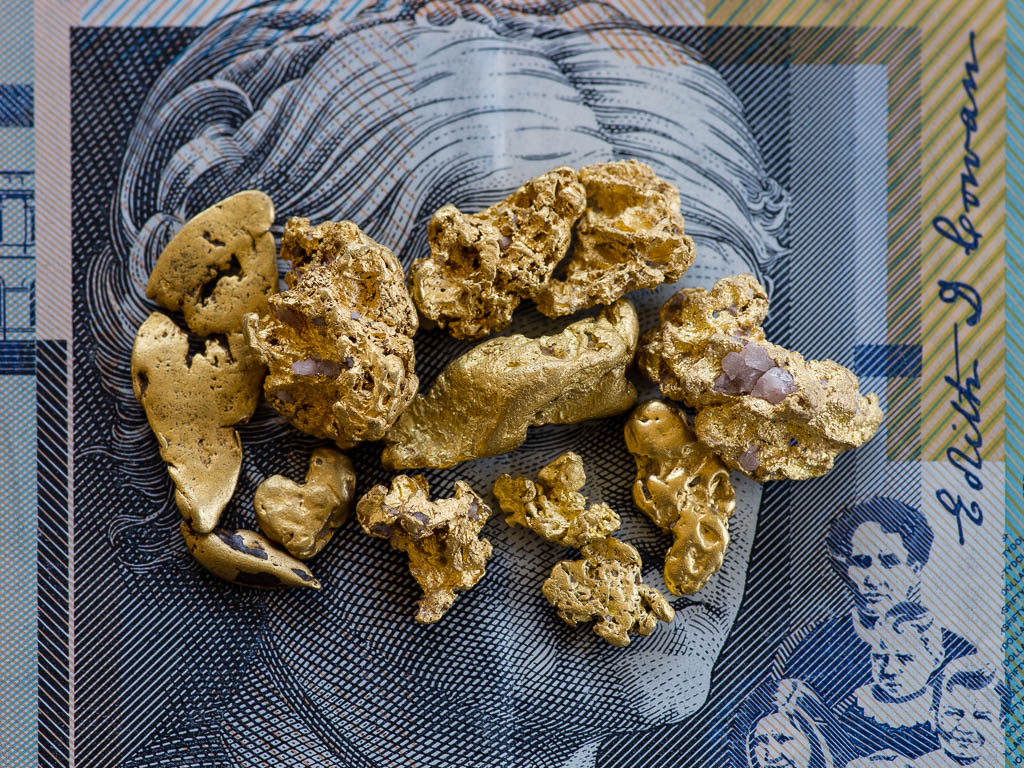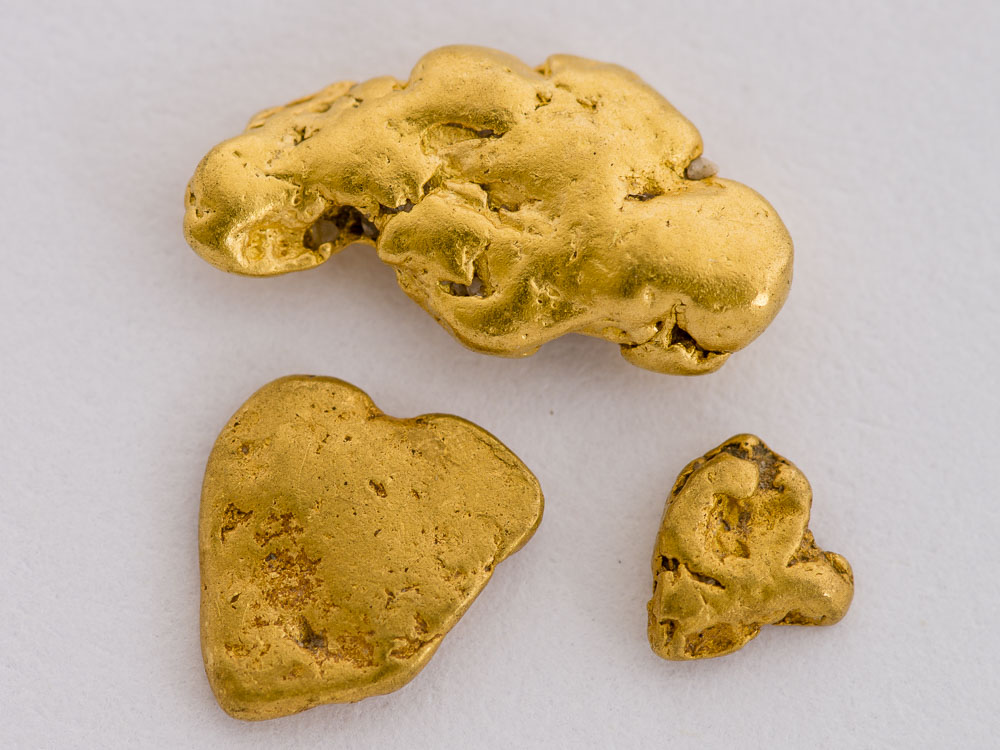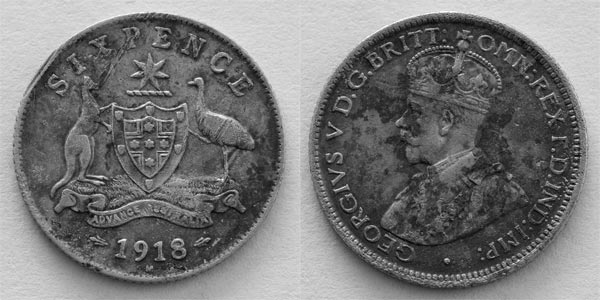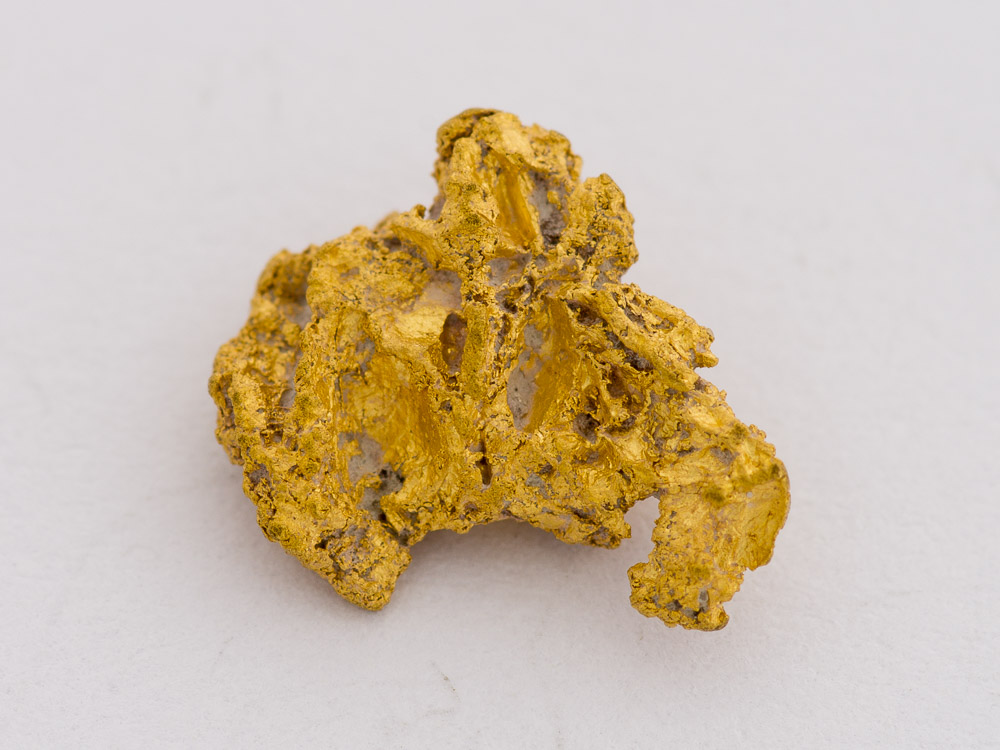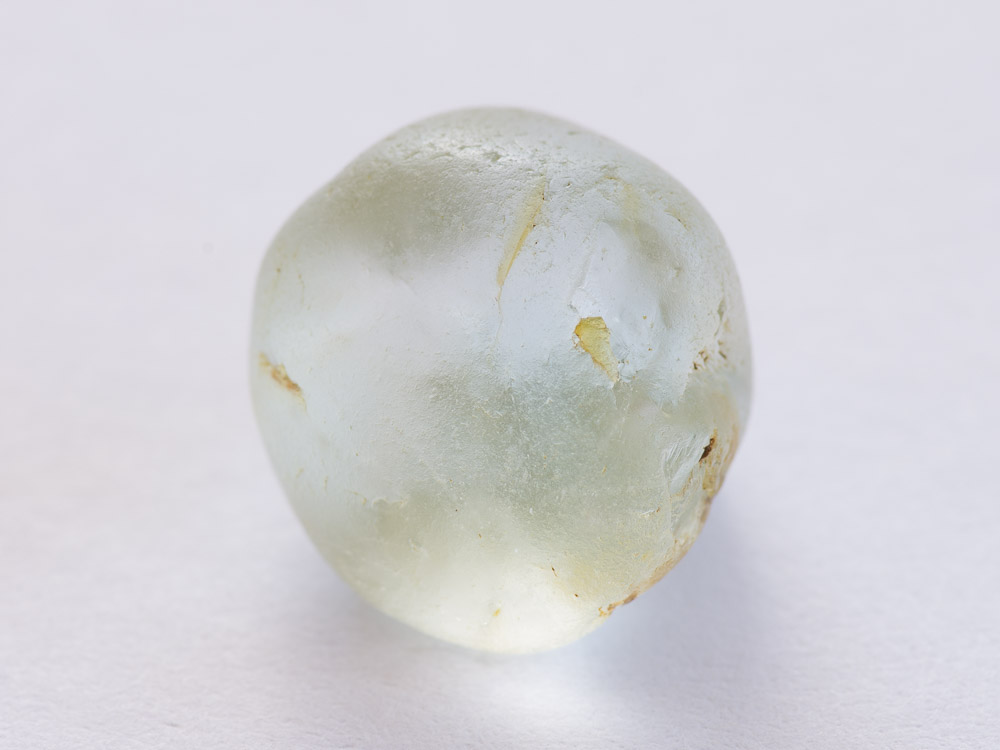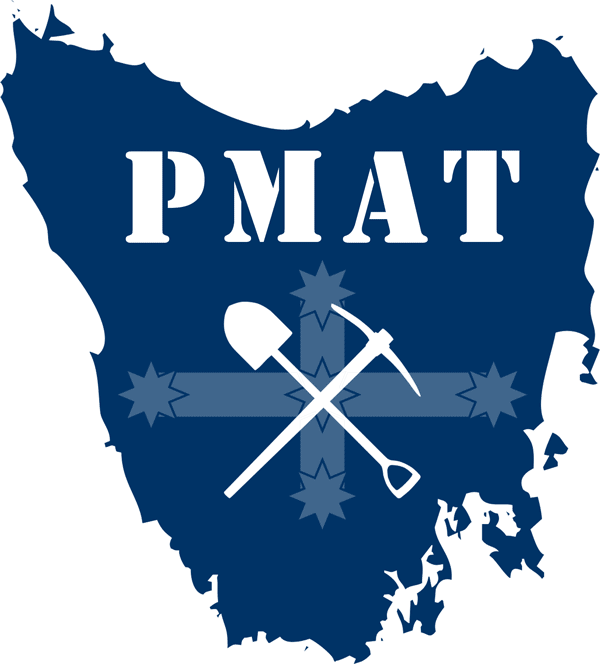There is currently a review of prospecting regulations in Tasmania. Current prospecting rules have long-been in need of an overhaul. Find out some of the problems as I see them, and if you like, contribute with possible solutions.
Continue readingThe Ring River Goldfield
The Rosebery – Zeehan – Dundas area is renowned mainly for its silver-lead, zinc and tin deposits. However, some decent finds of gold were also made. The main gold workings in this part of the west coast were in the Ring River area and Melba Flats. Both of these produced some sizeable nuggets in their day. The Ring River goldfield was home to one of Tasmania’s gold rushes, in 1891.
Continue readingMetal detecting coins
If you enjoy detecting for gold, chances are you’d also enjoy detecting for coins and relics. The rules about what land you can access are different, and you’d probably use a different detector than you use for gold.
Continue readingThe Lefroy and Back Creek goldfields
Lefroy was one of Tasmania’s most important and profitable goldfields. Originally discovered as an alluvial field, it went on to become one of the main hard-rock quartz mining fields and hosted several of Tasmania’s relatively few dividend-paying gold mines.
Back Creek, immediately to the east, is often treated in the same publications, and is arguably an extension of the Lefroy goldfield. In contrast to Lefroy’s hard-rock focus, Back Creek was overwhelmingly an alluvial field.
Tasmanian Topaz
Second to sapphires, topaz is the most common and widespread gemstone found in Tasmania. It has a very strong association with Devonian granites in northern and western Tasmania, but can be found in other rock types. Flinders Island, the Blue Tier area and the Gladstone area are the most important occurrences, but topaz is also known from plenty of other localities, such as Bicheno, Coles Bay, the Stanley River, Moina and Mount Bischoff.
Continue readingProspectors and Miners Association of Tasmania
The Prospectors and Miners Association of Tasmania (PMAT) has become officially incorporated!
If you’ve enjoyed fossicking and prospecting in Tasmania for a while, you’ve probably come to notice that our State is steadily becoming less welcoming of prospectors. Regulations controlling what prospecting equipment is allowed and what areas that can be accessed has become more and more restrictive. The Director of Mines has even declared that a prospecting licence in Tasmania gives the holder no rights of ownership over anything they find.
Over a dozen people from around the State met in Campbell Town on the 22nd of August 2015, and we voted to officially incorporate the Prospectors and Miners Association of Tasmania.
Like PMAV in Victoria, and NAPFA in NSW, the purpose of PMAT is to foster fossicking and prospecting, to protect the interests of prospectors and fossickers in the State, and to generally act as a unified voice in dealing with regulatory authorities and Parliament when it comes to fossicking, prospecting and small-scale mining in Tasmania.
If you like to fossick or prospect, and you’d like to continue to enjoy this fantastic pastime, even pass it on to your children or grandchildren one day, I’d encourage you to join the Association and help us get a better deal for fossickers, prospectors and small-scale miners in Tasmania.
Visit their website, or have a look at their Facebook page and get involved!

